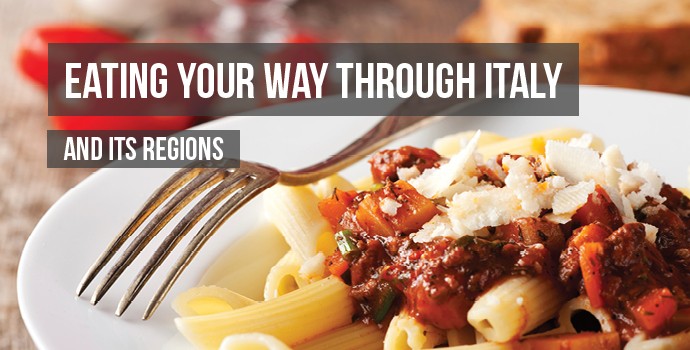Italy is synonymous with good food and family. This could be because in Italy, food simply tastes better when the dinner table is piled high with home-cooked food and family is heartily digging in around you. In fact, when most thinking of countries they want to visit simply to sample the food, images of eating pasta and sipping wine in a stone city in Tuscany tend to pop into most people’s minds almost instantly.
Despite what the menu on the Italian restaurant near your home might lead you to believe, not all food from Italy looks the same. The differences between northern and southern cuisines are like night and day. Differences in climate and crops have led each region to be known for very different types of food and styles of cuisine.
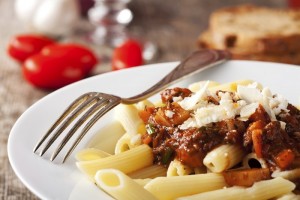 Northern Italy is mountainous and lush, surrounded by Switzerland, Austria and France. Each of these countries, as well as colder temperatures has an influence on the cuisine. Butter, creams, salted beef and pork are staples that speak to the climate as well as what they were able to raise on their land. This is where Alfredo sauce, pepperoni and prosciutto come from. Northern Italians also love soups and stews. Rich, meaty Bolognese sauce, which resembles a stew,
Northern Italy is mountainous and lush, surrounded by Switzerland, Austria and France. Each of these countries, as well as colder temperatures has an influence on the cuisine. Butter, creams, salted beef and pork are staples that speak to the climate as well as what they were able to raise on their land. This is where Alfredo sauce, pepperoni and prosciutto come from. Northern Italians also love soups and stews. Rich, meaty Bolognese sauce, which resembles a stew,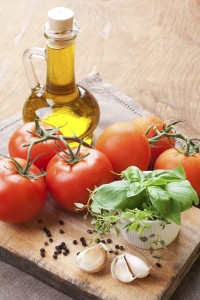 originated in Bologna, a city in northern Italy.
originated in Bologna, a city in northern Italy.
Southern Italy is arid and dry and is surrounded by the sea. Its cuisine more closely resembles the Mediterranean diet people associate with Greece – olive oils, seafood and colorful vegetables. In the south, freshness and light are king. This is where tangy spaghetti sauces with simple ingredients come from. Because olives grow well in arid conditions, olive oil features heavily in their traditions, as well as peppers and eggplants.
Each region of Italy has made its own contributions to the nations well loved cuisine. The Italian Alps region heavily relies on livestock as their food staple because its mountainous terrain makes it easier to raise animals than crops. They are known for cheeses of all types, including Parmigiano-Reggiano, which originates from Emilia-Romagna. Lombardy, also in northern Italy, is known to have created famous cheeses such as Blue and Provolone.
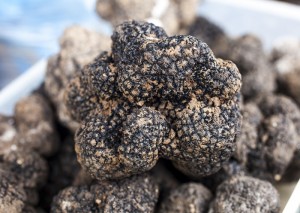 In the middle of Italy, regions such as Lazio, home to the capital of Rome, brought us bruschetta and spaghetti carbonara. Travel further north to Tuscany and you’ll find the region that brings us Chianti wine and Peccorino cheese. Neighboring Umbria, also in the central area is the only landlocked region of Italy. Umbria’s rich agricultural heritage leads to a region that is heavily influenced by the use of both black and white truffles.
In the middle of Italy, regions such as Lazio, home to the capital of Rome, brought us bruschetta and spaghetti carbonara. Travel further north to Tuscany and you’ll find the region that brings us Chianti wine and Peccorino cheese. Neighboring Umbria, also in the central area is the only landlocked region of Italy. Umbria’s rich agricultural heritage leads to a region that is heavily influenced by the use of both black and white truffles.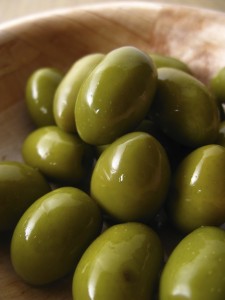
In southern Italy you will find Campania, the region of Italy that is home to Naples and the ruins of Pompeii. Campania joins with the island of Sicily as regions rich in volcanic ash. The ash in the soil allows these regions to grow plenty of rich, fresh produce including olives, almonds and lemons as well as their beloved San Marzano tomatoes. In these regions, most food is fresh and locally grown.
As you can tell, Italian food isn’t limited to what you see at your local fast food business. Its food is as diverse as the terrain and climate, is a treat for all the senses and is a large part of the Italian culture no matter what region you reside in.
Whether you are looking for a vacation idea or to start a new life abroad with your TESOL certification, Italy as a country opens up a world of gastronomical possibilities. If you’ve had the chance to spend time in this beautiful country, what dishes did you find to be your favorite? If you’re thinking about going, what dishes would be at the top of your list to try in their native environment?
Share your thoughts in the comments below. For more information on starting a TESOL career in Italy, check out our guide to Teaching English in Italy.



 Oxford Seminars Blog
Oxford Seminars Blog 